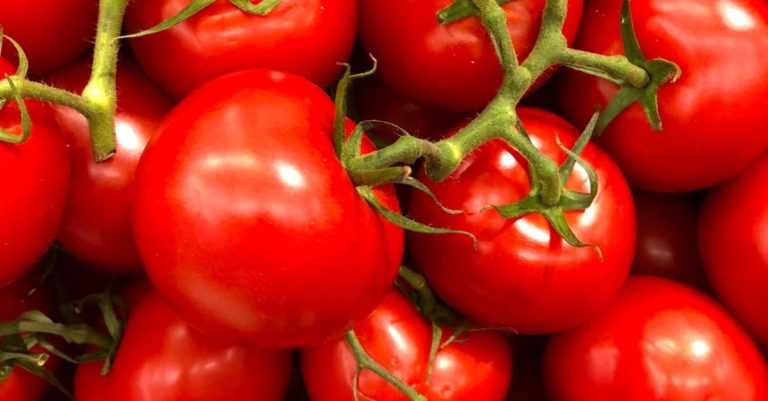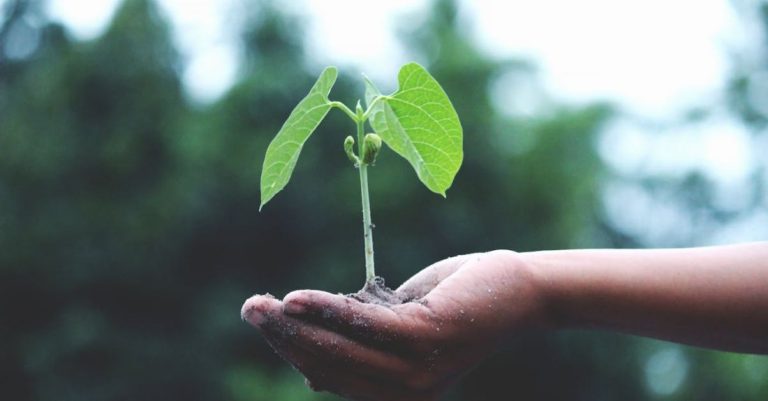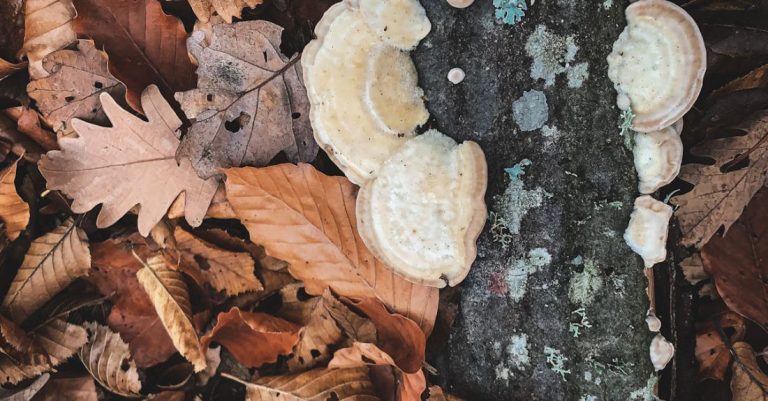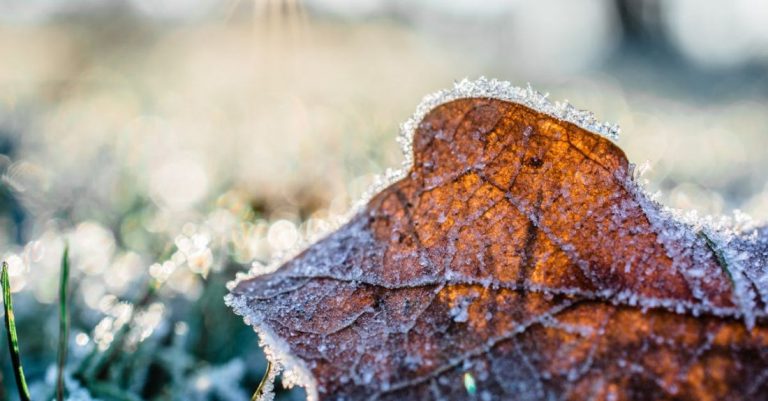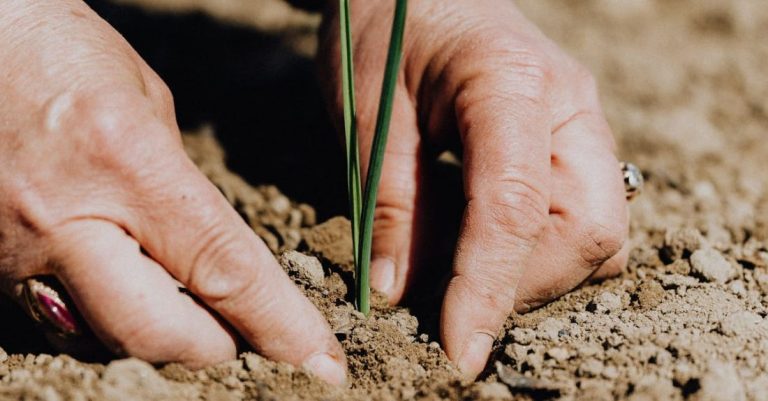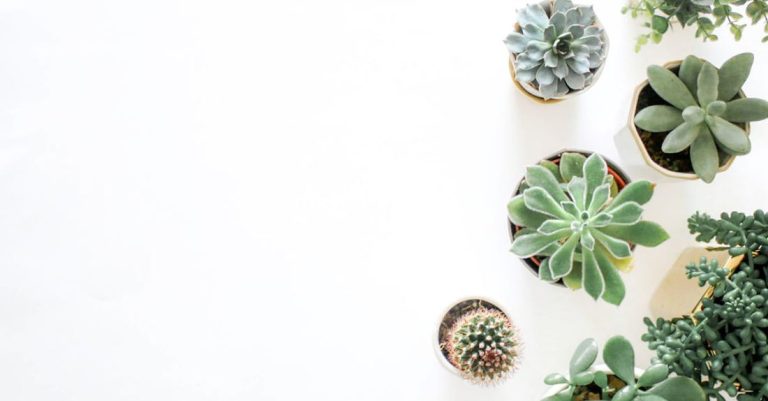
Herbs are a wonderful addition to any garden or kitchen, adding fresh flavors and aromas to dishes and providing natural remedies for a variety of ailments. If you’re an herb enthusiast looking to expand your collection, one of the best ways to do so is by propagating your own plants. Propagation is the process of creating new plants from existing ones, and with herbs, it can be a rewarding and cost-effective way to grow your garden. In this article, we will explore the best methods for propagating herbs and how you can successfully grow your own herb garden from cuttings, seeds, and divisions.
**Cuttings: The Quick and Easy Method**
One of the most popular and effective ways to propagate herbs is through cuttings. This method involves taking a cutting from a healthy, established plant and encouraging it to grow roots and become a new plant. To propagate herbs from cuttings, follow these simple steps:
– Select a healthy, non-flowering stem from the herb plant you wish to propagate.
– Use a sharp, clean pair of scissors or garden shears to make a clean cut just below a leaf node.
– Remove the lower leaves from the cutting, leaving only a few at the top to encourage growth.
– Place the cutting in a glass of water or a small container with soil, ensuring that the bottom of the stem is submerged.
– Keep the cutting in a warm, sunny location and change the water regularly if propagating in water.
**Seeds: The Traditional Approach**
Another common method of propagating herbs is by sowing seeds. While this method can take longer than cuttings, it allows you to grow a large number of plants from a single packet of seeds. To propagate herbs from seeds, follow these steps:
– Start by selecting a high-quality seed mix or collecting seeds from your existing herb plants.
– Fill a seed tray or small pots with a well-draining potting mix.
– Sow the seeds according to the instructions on the seed packet, ensuring they are evenly spaced.
– Water the seeds lightly and cover the tray or pots with a plastic dome or plastic wrap to create a mini greenhouse effect.
– Place the tray or pots in a warm, sunny location and keep the soil consistently moist until the seeds germinate.
**Divisions: The Tried and True Method**
Dividing established herb plants is another effective way to propagate herbs and can help rejuvenate older plants that have become overcrowded. This method works well for perennial herbs like mint, oregano, and chives. To propagate herbs through divisions, follow these steps:
– Carefully dig up the herb plant you wish to divide, ensuring you do not damage the roots.
– Gently separate the plant into smaller sections, making sure each section has its own roots and shoots.
– Replant the divided sections in fresh soil, ensuring they are watered well.
– Keep the newly divided plants in a shaded area for a few days to help them establish before moving them to their final growing location.
**In Summary**
Propagating herbs can be a fun and rewarding way to expand your herb garden and ensure a fresh supply of flavorful herbs for cooking and medicinal purposes. Whether you choose to propagate herbs from cuttings, seeds, or divisions, each method has its own benefits and considerations. Experiment with different techniques to find the best way to propagate herbs that works for you and enjoy the process of watching your herb garden grow. With a little time and patience, you can create a thriving herb garden filled with an abundance of aromatic and beneficial plants. Happy propagating!
